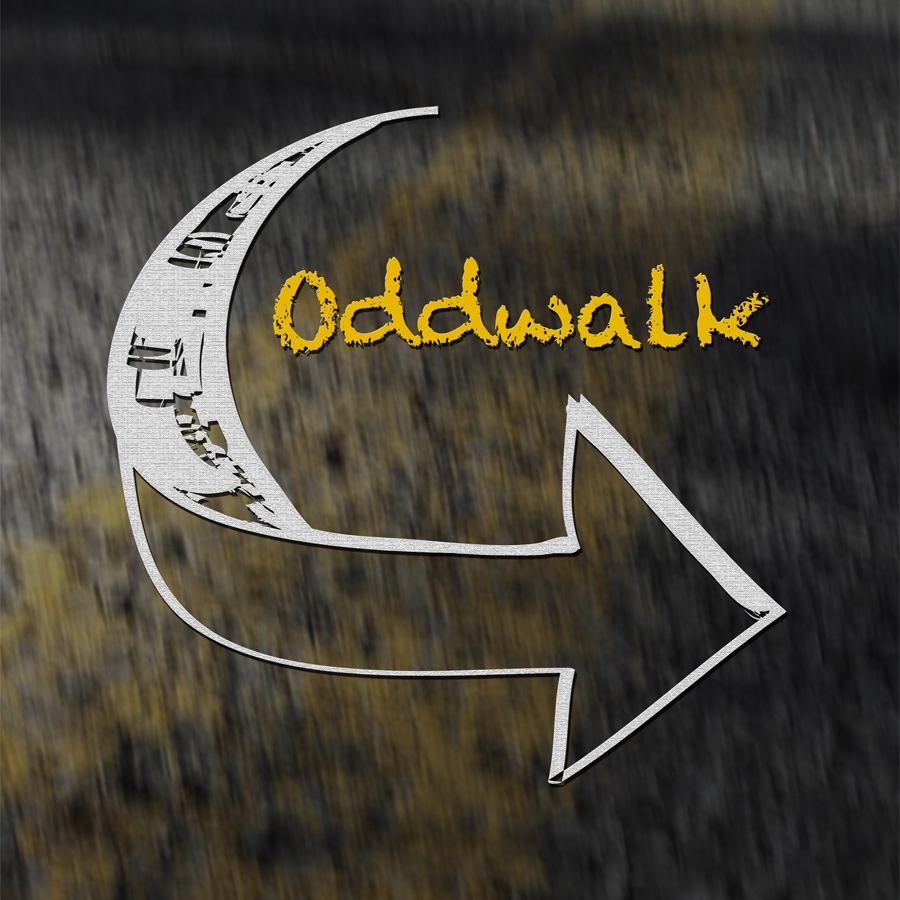 Warning – nerdy liturgical theology post ahead:
Warning – nerdy liturgical theology post ahead:
This news article (NY Times) reports:
“Scientists have for the first time recorded individual brain cells in the act of summoning a spontaneous memory, revealing not only where a remembered experience is registered but also, in part, how the brain is able to recreate it.
“The recordings, taken from the brains of epilepsy patients being prepared for surgery, demonstrate that these spontaneous memories reside in some of the same neurons that fired most furiously when the recalled event had been experienced. Researchers had long theorized as much but until now had only indirect evidence.
“Experts said the study had all but closed the case: For the brain, remembering is a lot like doing (at least in the short term, as the research says nothing about more distant memories).”
So what? Well, what we do at mass, especially around the eucharistic prayer time is remember – specifically Christ’s paschal mystery – his suffering, death, resurrection and ascension, and we remember these things in such a way that it makes those historic events present to us (or us to them). The fancy-shmancy word for this is anamnesis.
And now we have some scientific corroboration for just this – that the way our brain remembers things is similar to the doing of those things in the first place.
Pretty darn cool.
But why this image of Homer with this post? Part of the experiments involved showing folks TV images, including Seinfeld and Simpsons clips. And as a PS – you get some pretty weird results if you do a google image search for ‘anamnesis’ – it’s true.

1 comment for “Remembering Is Like Reliving”